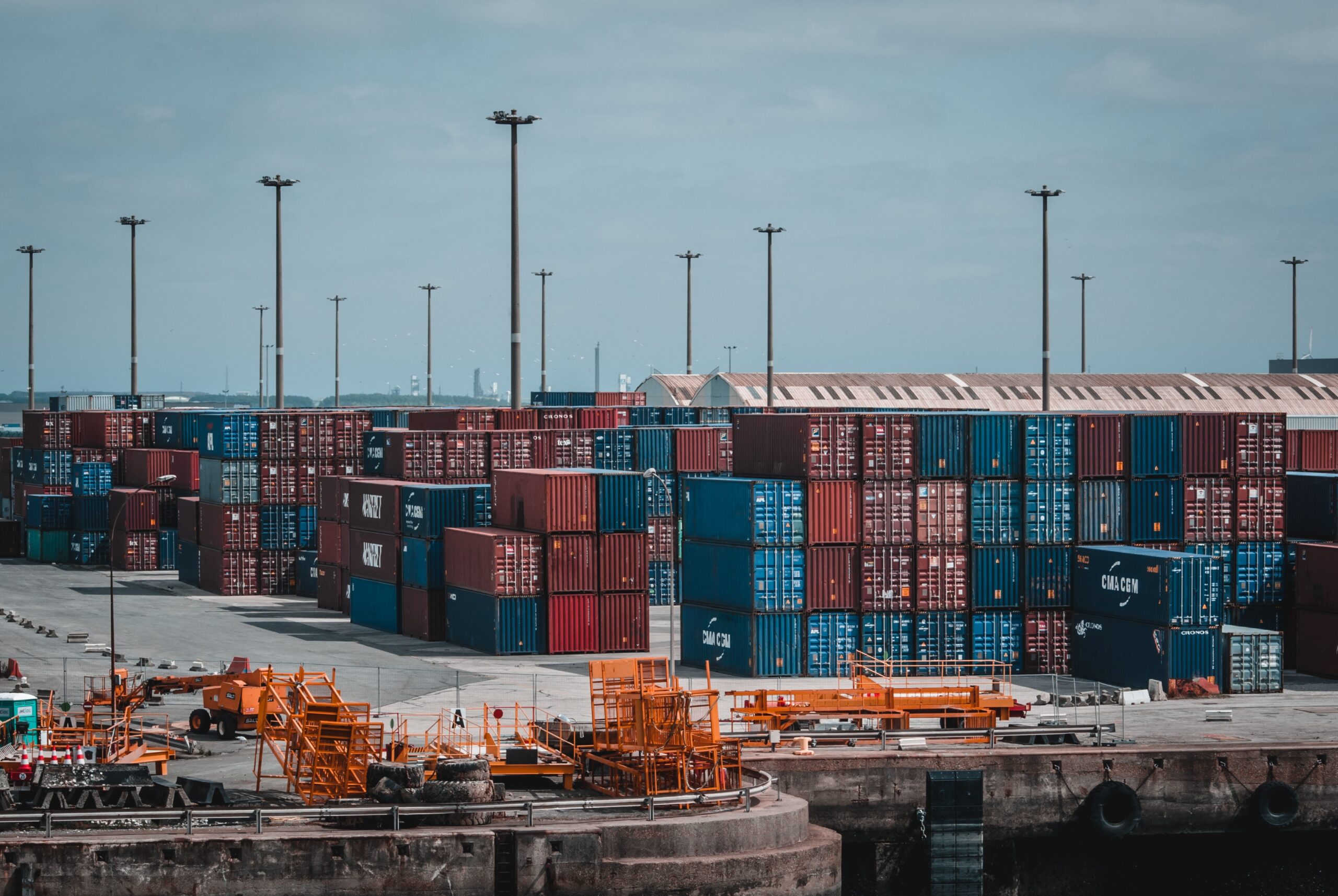After nearly two years of pandemic-related disruptions wreaking havoc, business leaders are learning from the past and looking to the future of supply chain management.
Companies across industries are attempting to meet the moment and replace legacy supply chain practices with more dynamic tactics to prepare for the next wave of volatility. But few organizations know where to start.
To truly become resilient in the new normal, enterprises have to develop bold strategies that holistically identify gaps and prioritize intelligent supply chain solutions. In doing so, leaders can ensure their supply chains are reactive to sudden changes and proactive before a disruption even hits, saving both time and money.
Here are three tactics to get started on the road to supply chain resiliency.
Similarly, machine learning capabilities will be central to maintain agile supply chains, identifying data anomalies that trigger demand fluctuations and signals.
Although overhauling supply chains may seem like a monumental task, enterprises can begin to chip away at their digital transformation agendas if they are properly managed. To do so, organizations must implement short proofs of concept and strong organizational change management practices. By running the broader adoption program in incremental steps, companies can better launch each new offering and thus quickly gain value once it’s adopted at scale.
2. Join the shared-based economy. Many leaders are turning to contractual supply chain collaborations to bolster weakened supply chains. By utilizing web-based planning tools and sharing certain components of their infrastructures among an organized network of partners, companies can shoulder each other’s burdens and provide needed reprieve in their given issue areas—whether manufacturing, logistics, or transportation. This requires leaders to carefully identify core competencies and gaps before selecting partners.
Alternatively, leaders can look to mergers and acquisitions to expand their core competencies and fill their gaps. Unlike partnerships though, M&A deals are definitive and thus require a more detailed vetting process. Both partnerships and M&A deals allow companies to share capabilities and bolster supply chains.
3. Operationalize supply chain sustainability. In recent years, both the public and private sectors have increasingly prioritized sustainability initiatives. Consumer product goods companies have led the private sector’s adoption of greener practices, and the business world has taken note.
Organizations across industries would be wise to turn to environmental best practices to fortify their supply chains. By introducing green tactics into their supply chain strategies enterprises can become more resilient in the highly disruptive new normal.
Organizations should also revamp their overarching supply chain strategies to emphasize more agile, sustainable planning. For instance, supply chain planning measures that utilize algorithms to prioritize better transportation routes or manufacturing operations can help lower carbon emissions while also optimizing supply chain operations.
Though it may mean more time or money spent in the short term, organizations will reap the rewards of resilient supply chain management in the long term.
Source: www.inboundlogistics.com
Author: Pierre Erasmus, Integrated Business Planning Lead, Capgemini Americas
Image:



